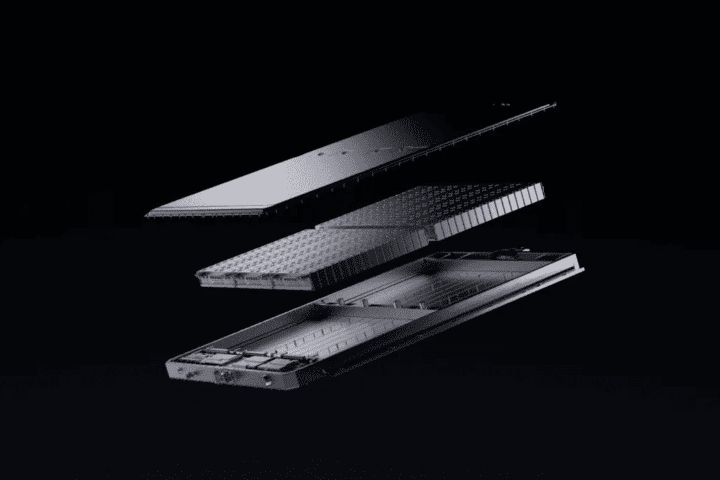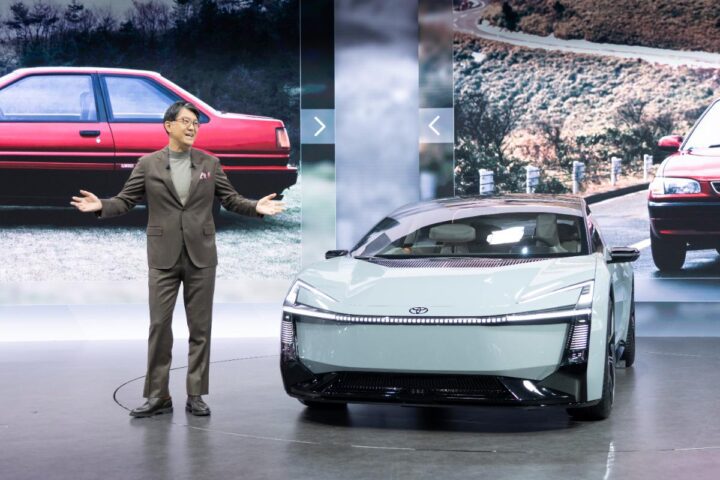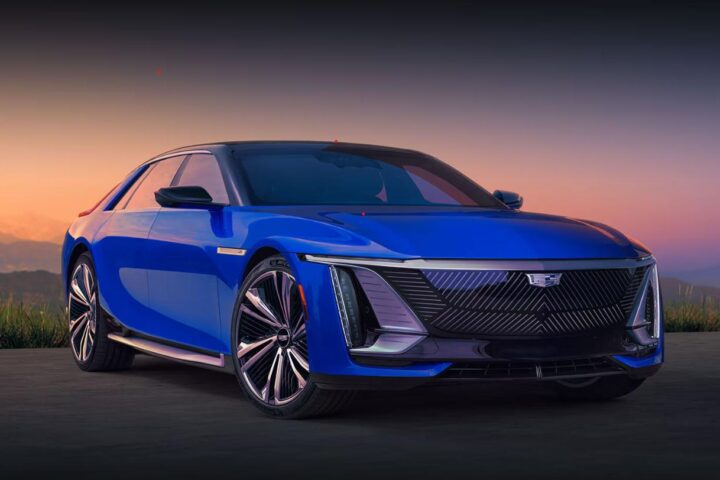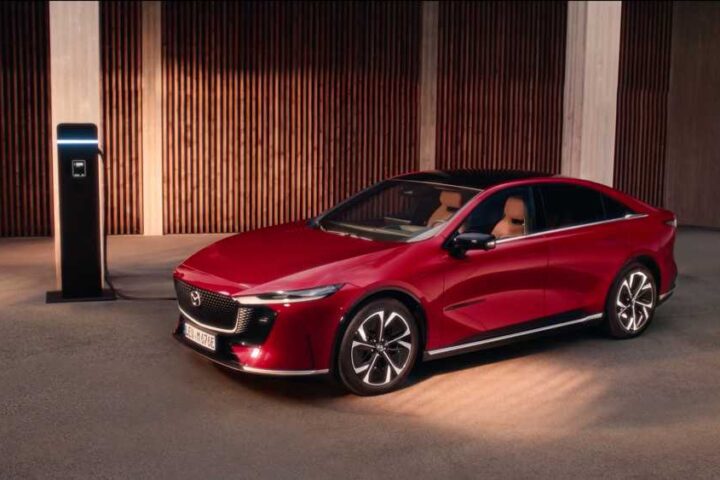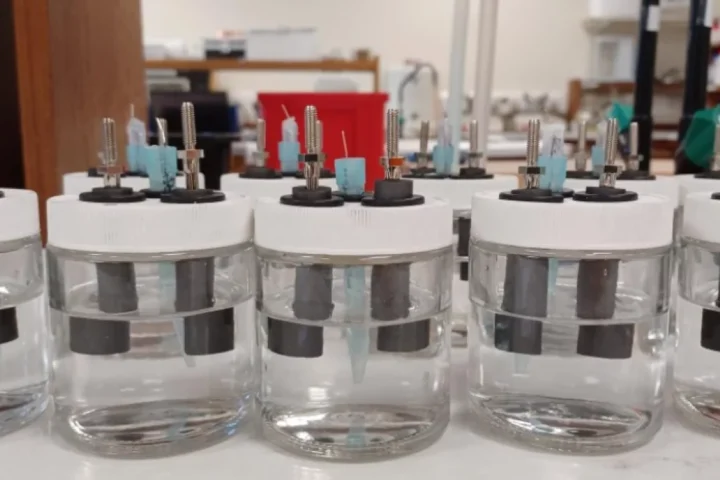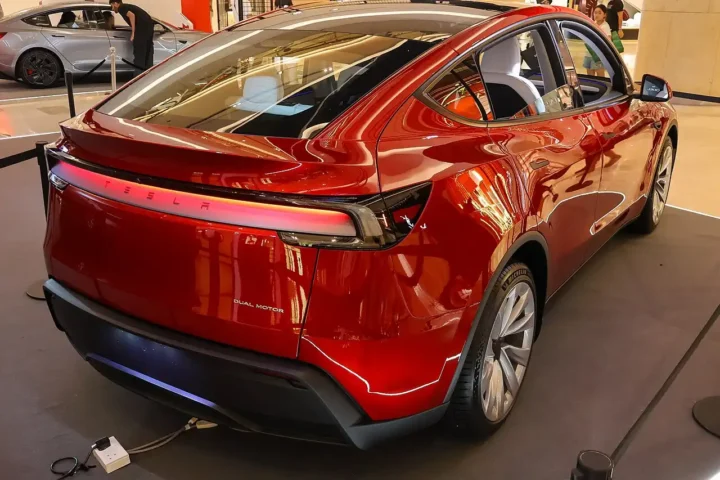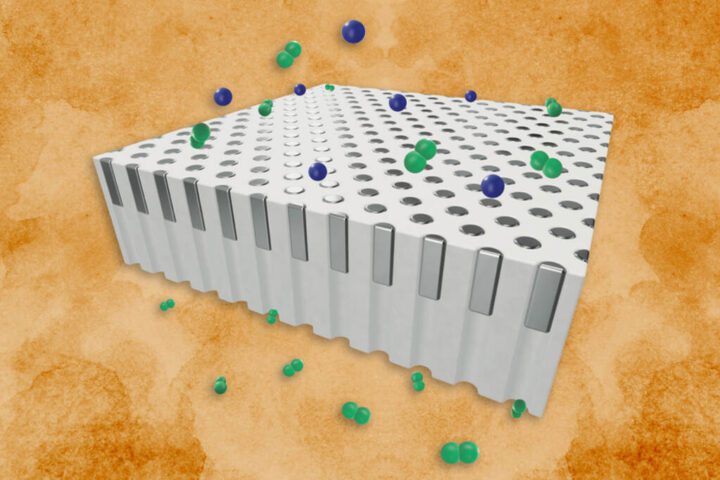Researchers at UCLA’s California NanoSystems Institute have discovered a method to deposit lithium metal on surfaces without the typical corrosion, revealing the true form of lithium for the first time. Traditionally, lithium’s rapid reaction with chemicals has resulted in immediate corrosion during its deposition on electrodes.
The prevalent use of lithium-ion batteries in devices ranging from smartphones to electric vehicles might soon be challenged by the advancements in lithium-metal battery technology. Unlike lithium-ion batteries that trap lithium atoms in a carbon cage, lithium-metal batteries directly coat the electrode with metallic lithium.
This direct coating method permits tenfold more lithium in the same space, potentially doubling the battery’s performance. However, this increased capacity in lithium-metal batteries also historically meant a heightened risk of explosions due to unpredictable lithium formations. The UCLA team successfully laid down the lithium faster than it corroded, revealing its atomic organization.
The atom organization showed a distinctive 12-sided polyhedron, the rhombic dodecahedron, resembling dice from role-playing games. This shape discovery deviated from prior descriptions of lithium as merely “chunky” or “column-like.”
The understanding of lithium’s true shape could revolutionize safety protocols, as its orderly form lessens chances of dangerous intersections that lead to short circuits.The process employed by researchers drew from a two-century-old technique using electricity and electrolytes. Historically, rapid deposition of lithium resulted in spiky filaments; intersecting spikes within a battery could cause explosions.
Similar Post
To counteract this, the researchers adjusted their deposition technique, utilizing a smaller electrode to push electricity out swiftly. Their unique approach involved depositing lithium onto surfaces with four varying electrolytes, comparing traditional and new methods. Despite the electrolyte used, the corrosion-free process consistently formed the miniscule dodecahedron shape, a structure as tiny as an average bacterium.
Cryo-electron microscopy, or cryo-EM, was pivotal in visualizing the lithium’s form, capturing images at atomic levels while preserving sample integrity. The imaging success was partly due to prior findings by Li, showing that cryo-EM could analyze lithium which disintegrated under room temperature electron beams.
Customized cryo-EM instruments at CNSI’s Electron Imaging Center for Nanomachines enabled detailed analysis of these battery samples. Given the potential of lithium-metal batteries to store double the energy of lithium-ion counterparts, their adoption was limited due to safety concerns.
The rhombic dodecahedron structure of lithium may pave the way for safer, more efficient lithium-metal batteries. This breakthrough prompts questions about the possibilities of manipulating lithium’s shape for enhanced battery safety and performance.
For over two decades, researchers have been manipulating metals like gold and platinum into various nanostructures. With the newfound understanding of lithium’s shape, there’s potential to optimize its structure for dense packing, thereby elevating battery safety and efficiency.
The traditional belief was that the choice of electrolytes determined the final structure of lithium on a surface. However, the UCLA researchers’ approach sought to outpace the corrosion-causing reaction to unveil lithium’s inherent growth pattern.
This groundbreaking discovery not only redefines our comprehension of lithium-metal batteries but also signals the dawn of a new era in high-performance energy solutions.As the energy sector continues to evolve, these findings underscore the crucial role of research in shaping safer and more efficient technologies for the future.




